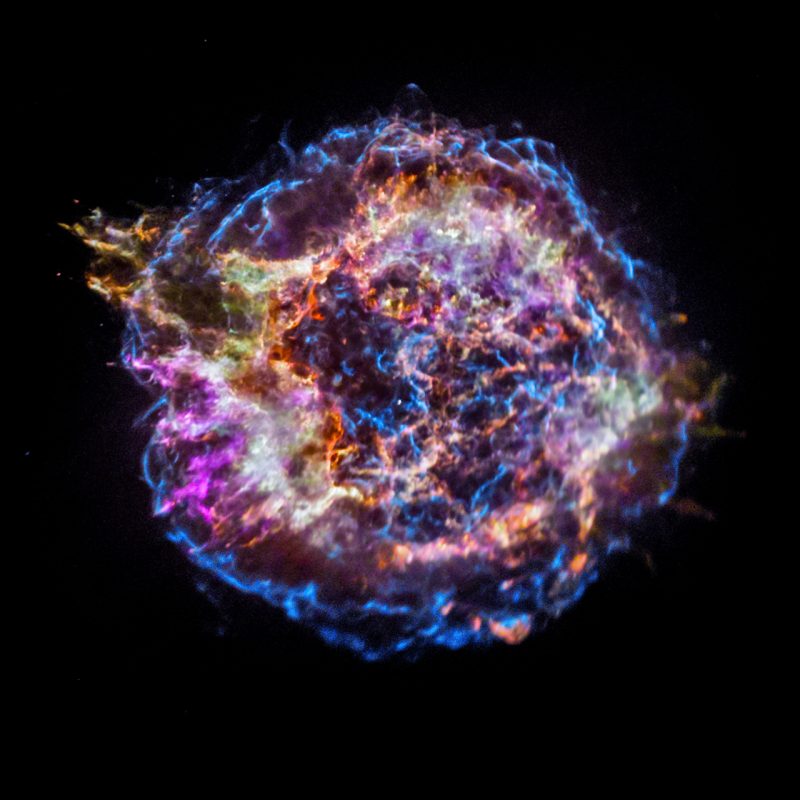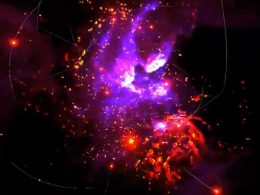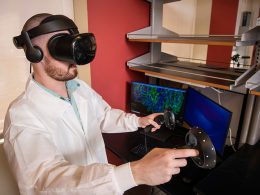A new VR experience based on original NASA data shows what it looks like inside the remnants of a supernova or a stellar explosion.
Everyone knows what the remains of fireworks look like. And you can see them live on the streets after New Year's Eve. But that's nothing compared to a full-blown supernova.
A look into the past
In 1680, the English astronomer John Flamsteed discovered what he initially thought was a new star in the constellation Cassiopeia. We now know that it is the remains of a supernova that took place around 11,000 years ago - that's how long it took the light from the explosion to reach Earth. You may also have noticed this on New Year's Eve: the light and noise of the firecrackers take different lengths of time to reach us.
Cassiopeia A, as the remnant of the star is called, is one of the most closely studied celestial objects today. From images of the Chandra X-RayX-ray telescope, the Spitzer Space Telescopes and other Earth-based observatories, scientists from various universities have now created a three-dimensional virtual reality model of the 10-light-year supernova.
Available on various platforms
Kimberly Arcand, who works as Visualisation Lead at the Chandra X-Ray Centre, says about the VR experience: "The stars are far too far away from us to touch, but with the help of our project, experts and non-experts alike can walk through one of the most famous supernova remnants in our sky - at least virtually."
With this in mind, we hope you had a good start and we look forward to many exciting VR experiences in 2018!
Source: VR World









